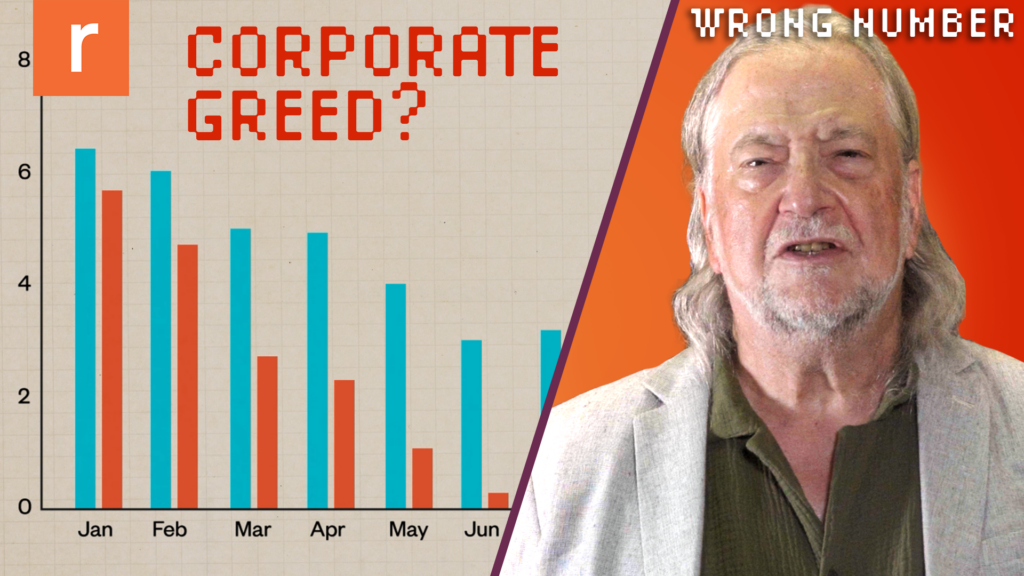Dictionary.com recently added the word “greedflation” to its list of actual words, defining it as a rise in prices not due to market pressure, but caused by corporate greed to increase profits. Groundwork Collaborative, a non-profit focused on policy change, claimed credit for popularizing this term. However, their study on corporate profits and rising prices was criticized for misrepresenting data and misunderstanding economic indicators.
The study by Liz Pancotti and Lindsay Owens claimed that consumer prices rose more than input costs for producers, indicating corporate greed. However, they cherry-picked data and misinterpreted the Producer Price Index, leading to flawed conclusions. Their assertion that corporate profits drove 53% of inflation was debunked by a closer look at the data.
Overall, the study by Groundwork Collaborative failed to provide a comprehensive analysis of the relationship between corporate profits and inflation, leading to misleading claims about “greedflation.”
Owens and Pancotti chose to focus on the second and third quarters of 2023 in order to generate a headline-grabbing number, but the study raises concerns about worker compensation. The study suggests that a decreasing share of company earnings is going towards workers’ pay, as shown by a chart depicting a decline in the labor share of income starting around 2020.
However, this data is selective, as a broader view going back to the 2008 financial crisis shows a different trend. Additionally, the researchers use a misleading graph with a non-zero Y-axis scale to exaggerate changes. While there was a decline in worker earnings due to the impact of COVID-19, the share of labor earnings has remained relatively steady since the second quarter of 2020.
Senator Bob Casey has also raised concerns about “greedflation,” citing flawed economic research that exaggerates changes in corporate profits compared to inflation. The use of a non-zero Y-axis scale in the graph further distorts the data. By not adjusting for inventory valuation and capital consumption adjustments, the analysis fails to provide an accurate representation of corporate profits. Economic considerations suggest that inflation may inflate profit margins without actually increasing real profits. Inventory valuation and capital consumption adjustments become crucial during periods of high inflation. When considering these adjustments using the BEA’s official numbers, Casey’s chart reveals a different perspective. Contrary to Casey’s claim of a 75% increase in corporate profits over a two-year span, the actual rise was 52%. This growth is attributed to the overall expansion of the U.S. economy since 2016, with fluctuations during the pandemic. By analyzing corporate profits as a fraction of domestic income, a more accurate representation is obtained.
The notion that corporate profits drive inflation is debunked by the analysis, revealing that inflation mostly generates artificial accounting profits and tax complexities for corporations. Overall, corporate profits remain relatively stable when viewed in relation to domestic income. Casey’s emphasis on “Greedflation” as a political tactic lacks authenticity when confronted with data. The call for honesty should prompt a reevaluation of his own data.
The message delivered at the Democratic National Convention, advocating for honesty, should be internalized by Casey himself in the pursuit of truth. While “Greedflation” may serve as a persuasive political narrative, its integrity is questionable. Could you please rewrite this sentence? Please rewrite this sentence.
Source link





